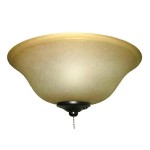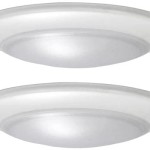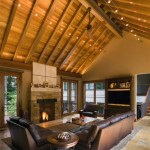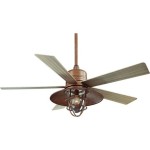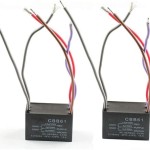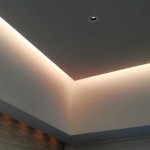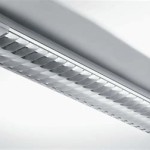Glass Ceiling Lights: Essential Aspects
Glass ceiling lights are a vital part of interior design, providing both illumination and aesthetic appeal. Understanding the essential aspects of these lights is crucial to selecting and installing them effectively. This article will explore the key considerations when working with glass ceiling lights, including their types, materials, styles, and installation.
Types of Glass Ceiling Lights
Glass ceiling lights come in various types, each with its distinct features and applications. Common types include:
- Recessed lights: Installed within the ceiling, providing a flush and discreet light source.
- Pendant lights: Suspended from the ceiling by a cord or chain, adding a decorative element.
- Chandeliers: Multi-light fixtures that create a dramatic and elegant ambiance.
- Flush mount lights: Installed against the ceiling, offering a minimalistic and space-saving solution.
Materials and Finishes
The materials and finishes used in glass ceiling lights significantly impact their appearance and durability. Popular materials include:
- Glass: Provides clarity and allows for various design patterns.
- Metal: Adds durability and a modern or industrial touch.
- Wood: Offers a natural and rustic aesthetic.
- Crystal: Creates a sparkling and luxurious effect.
Styles and Aesthetics
Glass ceiling lights come in a wide range of styles, from classic to contemporary. Some popular styles include:
- Traditional: Characterized by ornate and symmetrical designs with intricate details.
- Modern: Features clean lines, geometric shapes, and a minimalist approach.
- Art Deco: Inspired by the 1920s and 1930s, these lights often incorporate geometric patterns and bold colors.
- Industrial: Resemble factory lighting fixtures with exposed metal and functional details.
Installation Considerations
Proper installation is crucial to ensure the safety and functionality of glass ceiling lights. Key installation considerations include:
- Electrical wiring: Ensure proper electrical connections and grounding.
- Mounting method: Determine the correct mounting system for the light's weight and location.
- Ceiling height: Consider the ceiling height and the overall proportions of the room.
- Light distribution: Position the light fixtures strategically to achieve the desired light distribution.
Conclusion
Understanding the essential aspects of glass ceiling lights is paramount for informed decision-making. By considering the types, materials, styles, and installation requirements, you can select and install lights that enhance the ambiance of your space. Whether you seek classic elegance, modern simplicity, or industrial charm, glass ceiling lights offer a versatile solution to illuminate your home or commercial property.

Jozua Contemporary Spherical Glass Shade Pendant Lamp Lighting Singapore

Majken Glass Grill Pendant Light Lighting Singapore

Jozua Contemporary Spherical Glass Shade Pendant Lamp Lighting Singapore

Bar Pendant Light Home Chandelier Glass Lamp Dining Room Ceiling Lighting

Glass Pendant Lights Jim Lawrence Lighting Ceiling

Glass Pendant Light Kitchen Lamp Gold Chandelier Lighting Office Ceiling Lights

Glass Pendant Lighting Sgfw Pg207 La Maison Carpentry

3x Kitchen Pendant Light Glass Lamp Home Lighting Modern Ceiling Lights

Alerlo Glass Ceiling Lamp Lux Lumens

Grojaer Glass House Pendant Lamp
Related Posts

